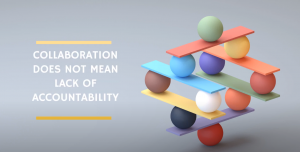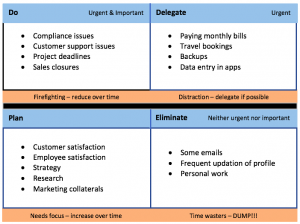Let’s collaborate and work better. Once an organisation reaches this stage, it usually means that there is a prevailing consciousness about working together and inching together towards better results.
It is not news now that what looks like an employee at work may not be an employee at productive work. According to a recent survey, most employees get drowned in emails, never-ending meetings and constant interruptions. When do they get work done actually then? The answer to that can be a scary never or a scarier “god knows” which means your employees suffer from a bad work life balance. It clearly means that communication and collaboration tools are failing your business goals.
Our previous blog addressed how collaboration is a great productivity tool when implemented properly. We started off with how not to do it. Let us take a deep dive into how to do it by scrutinising the fundamentals:
What is the organisation’s core framework?
What are the types of tasks?
Does every task form a part of the value chain?
Are the tasks impactful enough to need an expert’s supervision?
What is the workflow?
How much of work is driven by communication?
How many meetings, mails & interruptions are required for accomplishing a project?
So many generic questions but no context to bring out the point. Let us add some context to it with this example:
Why All-In-One Place Didn’t Work Here – Let us call this organisation “A”. It used a collaborative tool to help keep files and conversations at one place. It was a great step to avoid multiple confusing threads of emails. The files were shared with an on-site team so they could review, comment & recommend revisions.
Existing Process – Files were sent via emails. Instructions were received via emails. The unread mail status would indicate the number of pending tasks. To ensure smooth delivery, there were daily calls between the teams to explain the tasks. An excel sheet was used to maintain closed and open tasks. This was used to monitor performance.
After Revamping – A collaboration technology was implemented to have all the conversations, tasks & file sharing about a specific project in one place. Emails were to be removed from the process as they caused a lot of delay in dealing with bottlenecks as well as passing the knowledge to new team members.
Did it work?
We will address the Yes & No of the answer in our next blog – How they benefitted from collaboration by addressing the existing processes?



